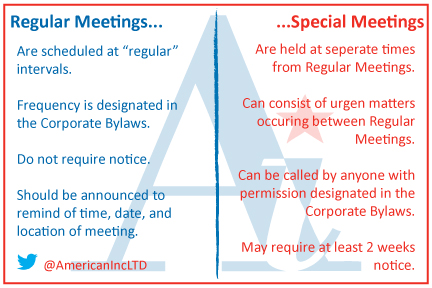Redesigned Website Provides Comprehensive Resources for  Companies Seeking to Incorporate
Companies Seeking to Incorporate
Wilmington, DE (PRWEB) March 17, 2015
American Incorporators Ltd., a firm that has been helping businesses form sustainable corporations and limited liability companies for over 35 years, announced the launch of a restructured and redesigned website at http://www.ailcorp.com with the goal of providing its current and prospective customers quick and easy access to critical resources and services.
“We pride ourselves on delivering a friendly and helpful experience for the businesses that come to us for formation and the many services we provide. We’re excited that the new American Incorporators website reflects that,” said Ann Chilton, Chief Executive Officer. “Our goal is to not only help businesses get up and running as credible corporations, but to work with them from inception and as they continue to grow and change over time.”
Visitors to the new site have access to valuable up-to-date information on starting and maintaining a business. The support services and pricing American Incorporators offers are described in detail on the updated site and available for purchase online. Additionally, the site prominently displays the many service options available to customers and new visitors, including live chat, robust FAQs and access to social media channels. Other key features include:...
To view the full press release click here

 Call:
Call:  Live Chat
Live Chat


.jpg?width=240&height=180&name=0002-growth-graph_(1).jpg)


 This week, we’ll be covering the basics of forming a business in Alaska.
This week, we’ll be covering the basics of forming a business in Alaska. 
 An officer can be defined as individuals appointed by the board of directors who are responsible for carrying out the board's policies and for making day-to-day decisions. The necessary positions and duties of officers are typically set forth and stated during the creation of your corporation’s
An officer can be defined as individuals appointed by the board of directors who are responsible for carrying out the board's policies and for making day-to-day decisions. The necessary positions and duties of officers are typically set forth and stated during the creation of your corporation’s 





